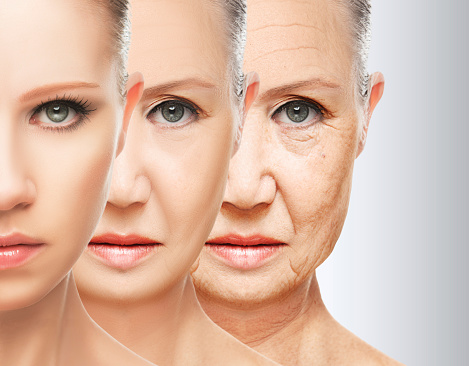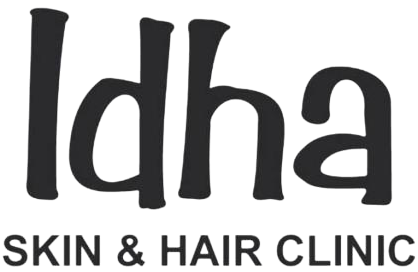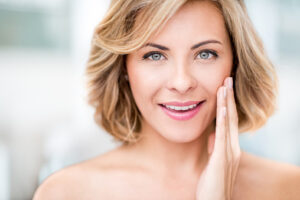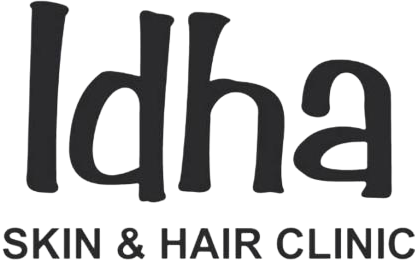Skin through the ages

From the silky smoothness of a newborn’s skin to the deep creases of an 80-year-skin, old’s maybe nothing portrays the passage of time more accurately than skin. It acts regularly until puberty; then, during adolescence, blemishes begin to appear on a smooth, wrinkle-free skin.
Due to genetic changes, skin becomes less stable with age, and sun exposure exacerbates the problem. Certain aspects of natural ageing are uncontrollable. However, we now know that the sun, not simply our genes, is to responsible for blemished and wrinkled skin.
Avoiding excessive sun exposure, utilising protection against UV rays, not smoking, limiting alcohol consumption, selecting a skin care regimen suited for your skin type, and using anti-aging products as early as your 30s are all strategies to reduce this damage.
Quick links
- Skin clinic in Bangalore
- Skincare in Bangalore
- Hair care in Bangalore
- Skin specialist in Bangalore
- Hair specialist in Bangalore
- Skincare In Jayanagar
- Skincare Clinic in Banashankari
- Skincare Clinic in JP Nagar
- Acne Treatment
- Pigmentation Treatment
- Stretch Marks Treatment
- Tatoo and Mole Removal
- Skin Rejuvenation
EFFECTS OF SKIN AGING ON LAYERS OF THE SKIN
As we age, the epidermis grows thinner, the pace of skin regeneration slows, and the surface becomes uneven and harsh. Dermis – Over time, collagen and elastin, the two building components of the dermis, begin to degrade at a quicker rate than they replicate. This causes wrinkles and creases, open pores, skin laxity, bruising easiness, and visible blood vessels.Pigmentary Alterations — Sun-damaged patches emerge, and pigmentary alterations become more apparent. IN OTHER AREAS Loss of fat – This is frequent beneath the skin, in the cheekbones, temples, chin, and eye region, leading in greater skin laxity and the formation of creases, folds, and sunken eyes.
Bone loss is typically observed between the ages of 50 and 60 around the lips and chin.
Cartilage loss – This may occur around the nose, causing the tip to droop.
SKIN PROBLEMS AT VARIOUS AGES
Acne-ridden adolescents – Acne is the most prevalent condition at this age. The combination of time and increasing androgen synthesis leads to an increase in oil output. In addition, an increase in outdoor activities without adequate sun protection leads to premature tanning and UV damage.
Wear and tear in one’s twenties – It is crucial not to overlook one’s skin during these years, since they signal the beginning of expression lines caused by smiling, frowning, and laughing. An excess of collagen and elastin gives the face a firm, full, and radiant appearance. You have almost no wrinkles, but you need a strong sunscreen and a consistent skincare programme.
Early damage in the 30s – At this age, it is possible to avoid premature skin ageing. The skin is still radiant, but signs of age are beginning to emerge. Some superficial wrinkles, blotchiness, dryness, and small fine lines begin to show as the skin loses collagen and elastin, making it less elastic. The proper application of skincare products reduces the appearance of wrinkles. Although moisturisers cannot prevent ageing, they can minimise the look of dry, wrinkled skin. The use of sunscreen to the face is essential.
Inconsistencies in the 1940s – It is crucial to prevent wrinkles and age spots throughout these years. A decade of dry skin can cause dead skin cells to adhere, darker areas to develop, and expression lines to form. The appearance of sagging eyelids, drooping brows, and hollowness beneath the eyes is caused by the deterioration of collagen and elastin fibres, the loss of fat and muscles, and the pull of gravity. Expect to witness not just age-related changes in your skin, but also bigger pores as a result of collagen breakdown. Loss of elasticity causes the skin to thin down. Due to heightened pigmentation, the skin gets drier. Loss of volume accentuates fine lines and wrinkles.
Visible sun damage at 50+ – By this age, menopause and the sun have wreaked havoc on your skin, particularly if you haven’t been a consistent sunscreen user. Wrinkles, age spots, spider vein and dry skin become noticeable. As the skin’s hydration and fat content begin to diminish, women in this age bracket may develop more noticeable wrinkles. During menopause, decreasing oestrogen levels affect the elasticity, pigmentation, firmness, and tone of the skin. When oestrogen levels decrease, sebum production decreases, causing the skin to become drier. Estrogen also encourages fat accumulation, resulting in a more youthful appearance for the face, hands, and neck. Estrogen-controlled pigment-producing cells slow down, generating uneven dark patches.
SKIN CHANGES WITH PREGNANCY
90% of pregnant women experience hyperpigmentation, a condition in which excessive melanin synthesis results in dark patches. 70% of women experience Chloasma, often known as “pregnancy mask.” In the months after delivery, however, the black patches on the arms and face vanish. 90% of pregnant women will get stretch marks. These can be treated with creams, lotions, and laser, particularly RF pixel laser. In some women, acne and eczema become more severe.


